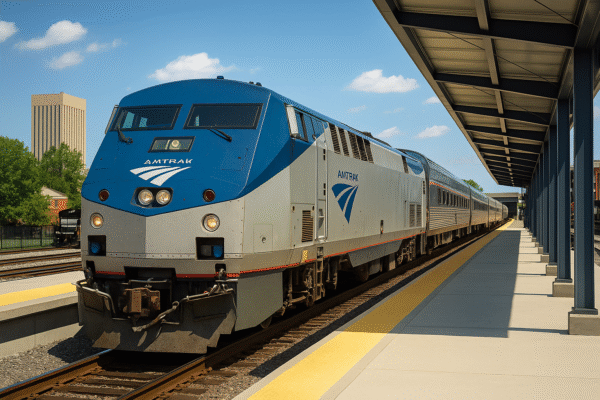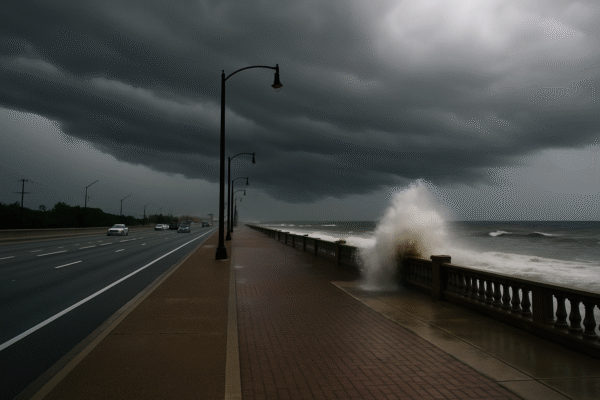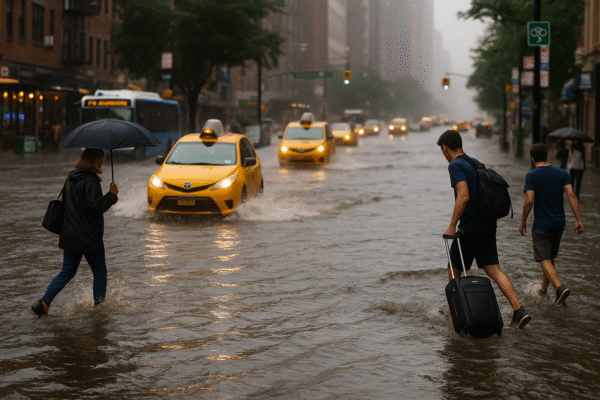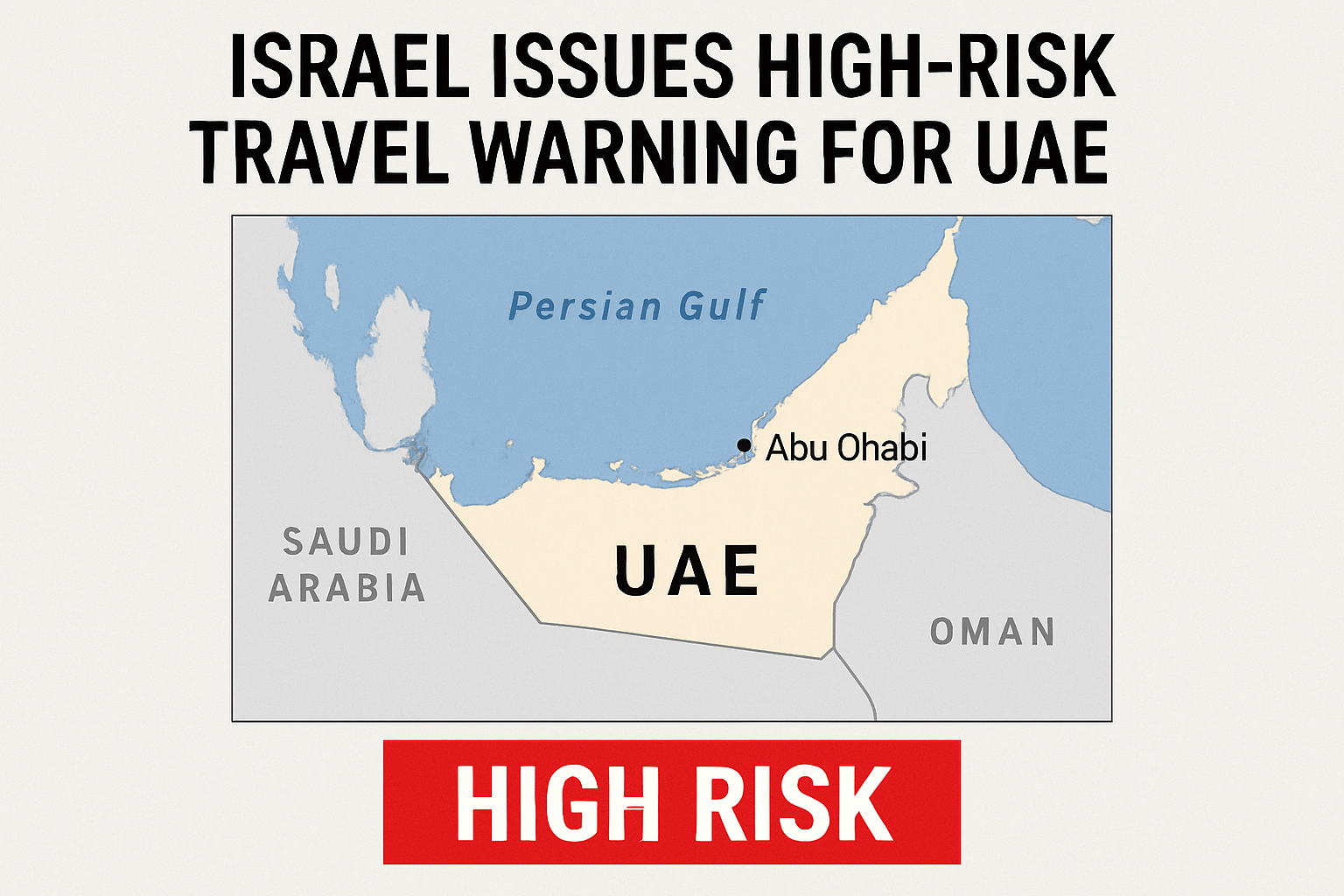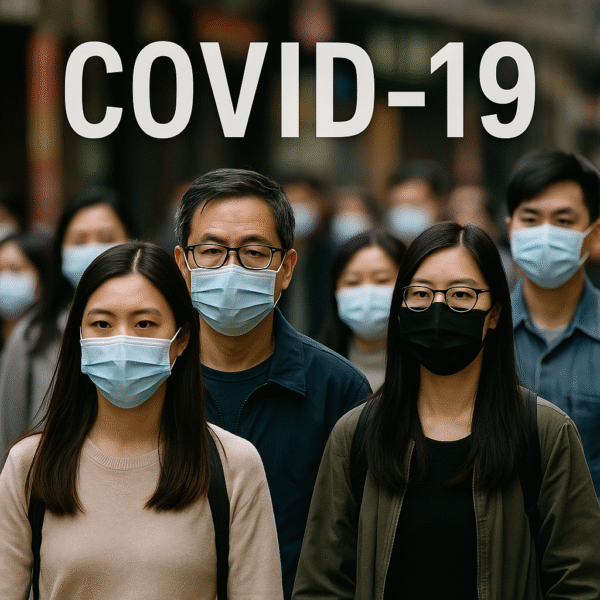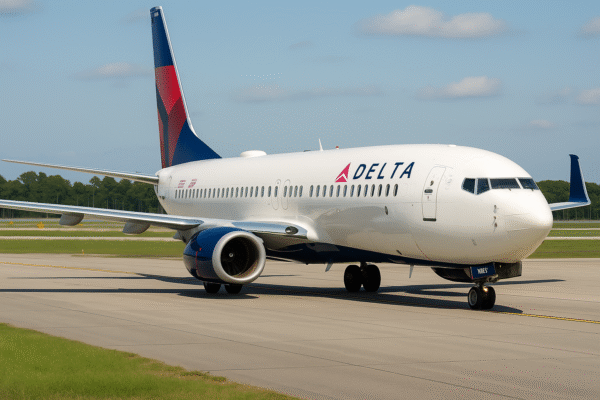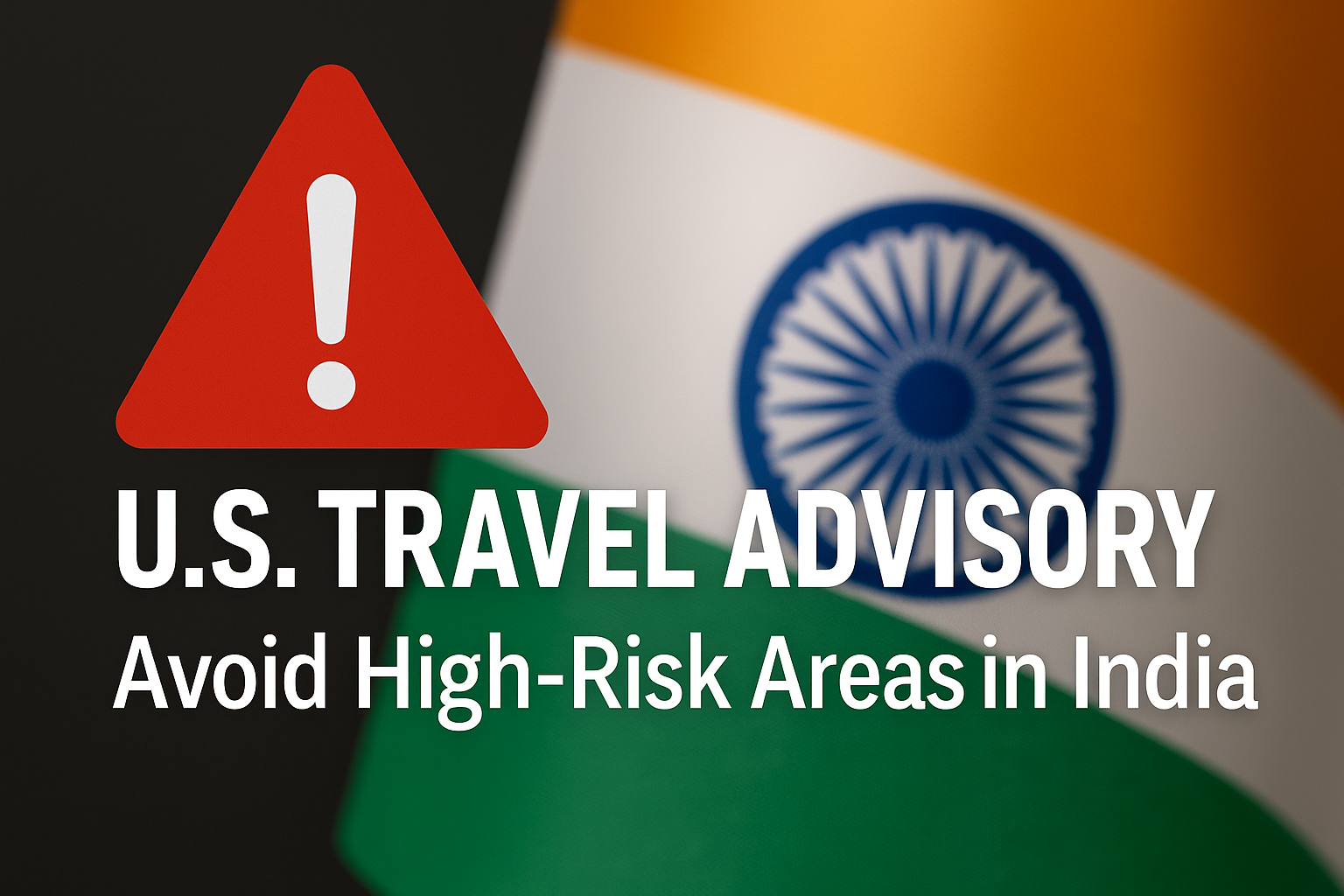NEW DELHI – June 18, 2025 – The United States Department of State has issued an updated travel advisory for India, highlighting several regions as high-risk due to increasing threats of terrorism, civil unrest, and violent crime. The announcement, released ahead of the peak summer travel season, urges U.S. citizens to exercise heightened caution and to avoid traveling to certain areas altogether.
India has been placed under “Level 2: Exercise Increased Caution”, with select regions now designated under the stricter “Level 4: Do Not Travel” category. The advisory is part of the U.S. government’s global safety guidance for its citizens and comes amid reports of ongoing unrest and instability in various parts of the country.
High-Risk Zones Identified
According to the advisory, American travelers are strongly discouraged from visiting the following areas:
- Jammu and Kashmir (excluding Ladakh and the eastern part of the union territory)
- Manipur in the northeastern region
- Eastern Maharashtra
- Northern Telangana
- Western West Bengal
- Some parts of central and eastern India
These areas have experienced a surge in militant activity, violent protests, and criminal incidents, including robberies, sexual violence, and attacks on law enforcement.
Jammu and Kashmir: Travel Not Recommended
Special attention has been drawn to the Kashmir Valley, including well-known tourist destinations like Srinagar, Gulmarg, and Pahalgam. While these areas have historically been popular among both domestic and international tourists, recent developments have rendered them unsafe, according to U.S. officials.
The advisory cites ongoing militant threats, political instability, and the potential for violent clashes as reasons for the heightened risk. U.S. government personnel are prohibited from traveling to these regions without prior special authorization, and American tourists are advised to completely avoid travel here.
Manipur and the Northeast: Escalating Violence
The situation in Manipur has deteriorated significantly in recent months, with the U.S. State Department raising the travel alert to Level 4. Reports of ethnic violence, community displacement, and lack of emergency access have made travel to the state highly unsafe.
The northeastern states of India—many of which are located in remote and mountainous areas—pose additional logistical and safety challenges for travelers. In Manipur, the advisory specifically warns of the possibility of conflict escalation, curfews, and communication restrictions.
Other Affected Areas: Central, Eastern, and Southern India
In eastern Maharashtra, northern Telangana, and western West Bengal, foreign visitors face increased risks due to extremist activity and limited access to emergency services. Isolated terrorist incidents, banditry, and attacks on police and government personnel have raised red flags in these areas.
Similarly, parts of central and eastern India, particularly where Maoist insurgency activity remains active, have been deemed unsafe for non-essential travel. The advisory emphasizes that even local laws in these zones may restrict the use of GPS devices, satellite phones, and foreign communication equipment, complicating safety and emergency coordination.
Safety Advice for U.S. Citizens Traveling in India
While the advisory does not discourage travel to India entirely, it does call for enhanced vigilance:
- Avoid high-risk regions and areas under restricted access.
- Register with the Smart Traveler Enrollment Program (STEP) to receive alerts and make it easier for the U.S. Embassy to locate travelers in an emergency.
- Stay aware of local developments, especially during protests or festivals, which could turn volatile.
- Avoid traveling alone, especially for women in rural or high-alert zones.
- Follow the guidance of local authorities, including curfews, travel restrictions, and emergency notifications.
Women travelers are particularly advised to avoid isolated locations, refrain from late-night travel, and take advantage of verified transportation and lodging providers.
U.S. Embassy in New Delhi on High Alert
The U.S. Embassy in New Delhi continues to monitor the security landscape across India and serves as the primary contact point for American citizens. Travelers requiring assistance or experiencing emergencies can access services through the Embassy’s citizen support services.
In a statement, U.S. officials stressed that the advisory is not meant to deter general tourism but is issued to inform and protect citizens amid dynamic and sometimes unpredictable security conditions.
India’s Tourism Outlook Remains Strong
Despite these challenges, India remains one of the top global destinations for cultural, spiritual, and medical tourism. Regions such as Rajasthan, Kerala, Goa, Ladakh, and the Himalayan foothills continue to attract millions of tourists each year and are not included in the advisory’s high-risk category.
India’s Ministry of Tourism has encouraged foreign visitors to rely on updated safety advisories, use licensed tour operators, and remain within well-patrolled and organized travel zones. The government also recommends enrolling in travel insurance programs and using local tourism boards for safe itinerary planning.
Conclusion: Travel Smart, Stay Informed
The updated U.S. travel advisory for India is a reflection of the complex and evolving security environment in parts of the country. While many regions remain safe and welcoming, travelers should take the advisory seriously, remain aware of ongoing developments, and prioritize personal safety when planning a trip.
As global travel continues to rebound, staying informed and choosing low-risk destinations within India can still offer rewarding and culturally rich experiences—without compromising on safety.
For more travel news like this, keep reading Global Travel Wire


